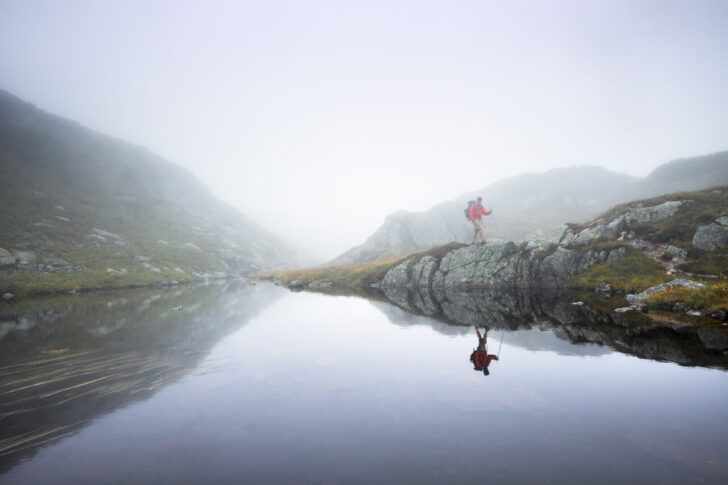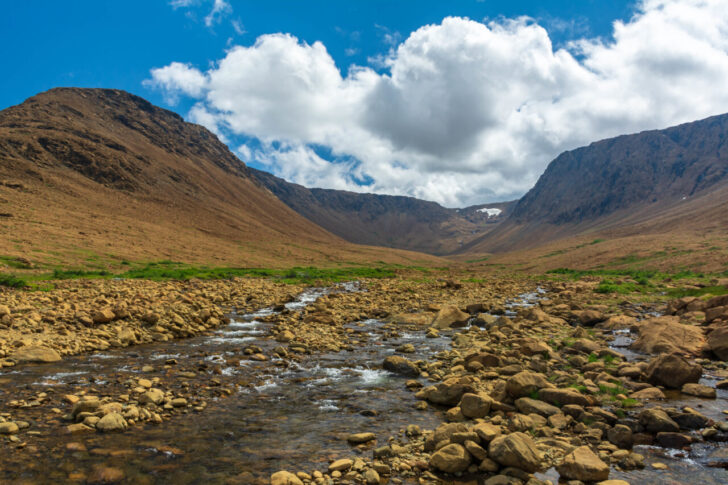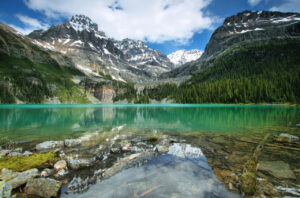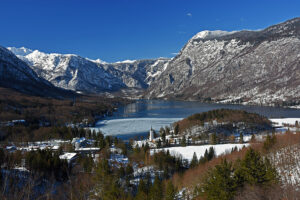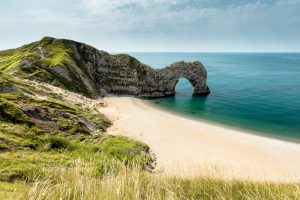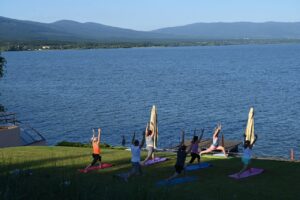Gros Morne National Park: A Tapestry of Time and Nature Unveiled
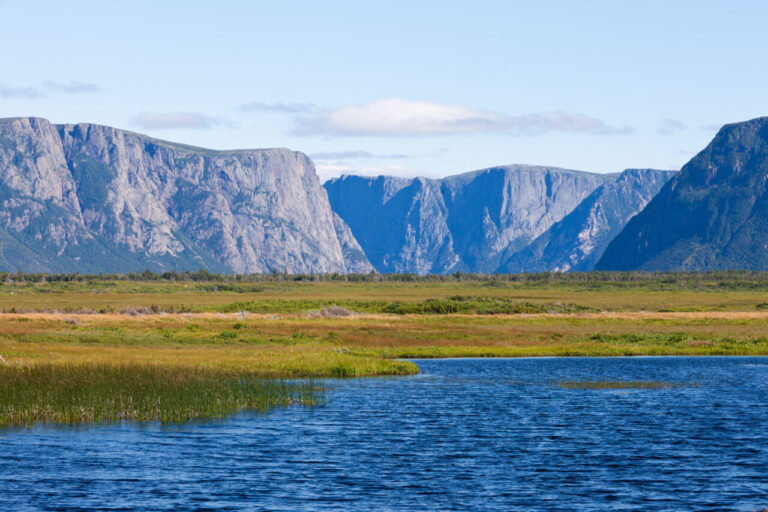
Nestled on the western coast of Newfoundland, Canada, Gros Morne National Park is a natural wonder that beckons adventurers, nature enthusiasts, and those seeking a journey through geological time. Designated as a UNESCO World Heritage Site in 1987 for its exceptional beauty and rare geological features, Gros Morne is a tapestry woven with ancient mountains, pristine fjords, and a diverse array of ecosystems.
Yachting in Balaton, Hungary - short 4k cinematic film
And don't forget to give us a like! :)
In this 1,000-word exploration, we will delve into the captivating allure of Gros Morne National Park.
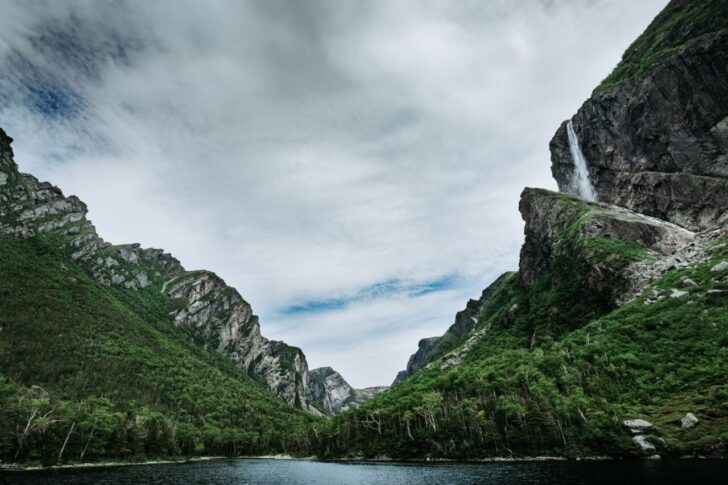
The Western Brook Pond, a Canadian lake in Gros Morne National Park on the west coast of Newfoundland, Canada
Gros Morne National Park
A Geological Odyssey: The Tablelands
The Tablelands, a striking plateau of exposed mantle rock, is one of the most distinctive features of Gros Morne National Park. Composed of peridotite—a type of rock rarely found at the Earth’s surface—the Tablelands offer a glimpse into the Earth’s mantle. The stark, rusty landscape, devoid of the usual greenery, creates an otherworldly atmosphere, and visitors may feel as though they have stepped onto the surface of another planet.
Geologists believe that the Tablelands were once part of the Earth’s mantle and were forced to the surface during a collision of tectonic plates. The park’s interpretive programs provide insight into the geological processes that shaped this unique landscape, making it a fascinating destination for those interested in the Earth’s ancient history.
The Majestic Gros Morne Mountain
At the heart of the park stands the iconic Gros Morne Mountain, a towering peak that reaches an elevation of 2,644 feet (806 meters). The mountain is not only a geological marvel but also a symbol of the park’s natural grandeur. For adventurous hikers, ascending Gros Morne Mountain is a rewarding and challenging experience. The panoramic views from the summit showcase the vastness of the park, with its fjords, forests, and rugged coastline stretching to the horizon.
Gros Morne Mountain is a testament to the forces that have shaped the landscape over millions of years. The mountain’s complex geological history, including glacial activity and faulting, is an open book for those who venture to explore its slopes.

A panoramic view of sea waves crashing against cliffs on the beach in Gros Morne National Park in Newfoundland, Canada
Breathtaking Fjords: Bonne Bay and Western Brook Pond
Gros Morne National Park is blessed with stunning fjords that cut deeply into the ancient landscape. Bonne Bay, with its sheltered waters and picturesque communities along its shores, is a gateway to the park’s wonders. The bay provides opportunities for boat tours, kayaking, and wildlife watching. Lucky visitors might spot whales, seabirds, and perhaps even a moose along the shoreline.
Western Brook Pond, often referred to as an “inland fjord,” is a freshwater fjord surrounded by towering cliffs that rise as high as 2,000 feet (600 meters). Boat tours of Western Brook Pond offer a serene journey through this dramatic landscape, where waterfalls cascade down sheer rock faces, and the stillness of the pond reflects the majesty of the surrounding peaks.
Coastal Beauty: Shores and Sea Stacks
The park’s coastline is a rugged and untamed stretch where the land meets the Atlantic Ocean. Rocky cliffs, sea stacks, and pebbled shores create a dynamic interplay between land and sea. The Green Gardens Trail takes hikers along the coastal cliffs, offering spectacular views of the ocean and the chance to witness the power of the waves crashing against the rocks.
The iconic sea stacks, such as the renowned “Ten Mile Point,” stand as sentinels in the Atlantic, shaped by centuries of wind and waves. These natural sculptures are not only a testament to the park’s geological processes but also serve as habitats for seabirds and other coastal wildlife.
Rich Biodiversity: Flora and Fauna
Gros Morne National Park is a haven for diverse plant and animal life. The park’s varied ecosystems, including boreal forests, wetlands, and alpine meadows, support a rich biodiversity. Birdwatchers will delight in spotting a variety of species, including puffins, eagles, and the elusive spruce grouse.
The park is also home to mammals such as moose, red foxes, and snowshoe hares. In the summer, wildflowers carpet the landscapes, adding vibrant colors to the park’s natural palette. Rare orchids, pitcher plants, and other unique flora thrive in the park’s diverse environments.
Cultural Heritage: Tradition and Resilience
Beyond its geological and ecological wonders, Gros Morne National Park is steeped in cultural heritage. The park’s coastal communities, such as Woody Point and Norris Point, reflect the resilience and traditions of the people who have called this region home for generations.
Visitors can explore the cultural heritage of Gros Morne through interactions with locals, visits to heritage sites, and participation in traditional events. The park’s interpretive centers and guided programs offer insights into the cultural history of the area, celebrating the relationship between the land and its inhabitants.
Preserving the Tapestry: Conservation and Stewardship
Gros Morne National Park owes its preservation to the dedicated efforts of conservationists and stewards. Parks Canada, the agency responsible for managing the country’s national parks, employs strategies to protect the park’s ecological integrity and cultural heritage. Initiatives include wildlife monitoring, habitat restoration, and educational programs that promote responsible tourism.
The designation of Gros Morne as a UNESCO World Heritage Site underscores its global significance and the need to safeguard its unique features for future generations. Sustainable tourism practices, such as Leave No Trace principles, are encouraged to minimize the impact on the delicate ecosystems within the park.
Visitor Experience: Exploration and Adventure
For those embarking on a journey to Gros Morne National Park, a myriad of experiences awaits. Hiking trails, boat tours, and interpretive programs cater to all levels of adventurers. Whether it’s the thrill of ascending Gros Morne Mountain, the tranquility of a boat tour on Western Brook Pond, or the contemplative moments along the Tablelands, Gros Morne invites visitors to connect with the natural world.
Accommodations within and around the park range from campgrounds for those seeking a rustic experience to cozy inns and lodges for those desiring more comfort. Local cuisine, inspired by Newfoundland’s culinary traditions, adds a flavorful dimension to the visitor experience.
Conclusion: Gros Morne’s Enduring Legacy
Gros Morne National Park stands as a testament to the wonders of our planet, a place where geological marvels, breathtaking landscapes, and cultural heritage converge. As visitors explore its fjords, hike its mountains, and witness the eons of history etched in its rocks, Gros Morne becomes not just a destination but an unforgettable journey through time and nature.
Its enduring legacy is a reminder of the delicate balance between humanity and the natural world—a balance that, through thoughtful stewardship and appreciation, can be preserved for generations to come.
Read more about Gros Morne National Park here. For more great places to visit in Canada read this!


